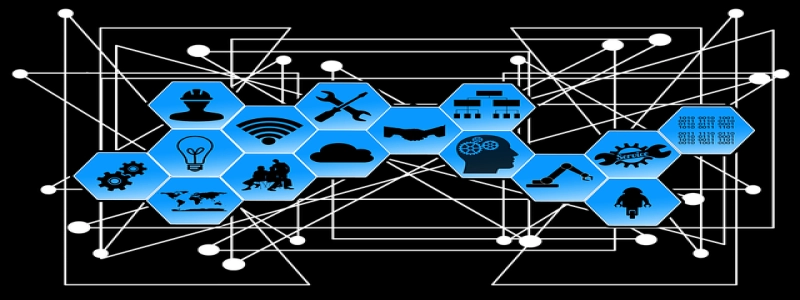QSFP+ vs QSFP28: Making the Right Choice
Introduction:
When it comes to high-speed data communication, QSFP (Quad Small Form-factor Pluggable) transceiver modules have gained significant popularity. With their ability to provide fast, reliable, and high-density connectivity, these modules are widely used in data centers for applications like Ethernet, InfiniBand, and Fiber Channel. In this article, we will explore and compare two common variants of the QSFP module: QSFP+ and QSFP28.
I. QSFP+:
1. Introduction:
– QSFP+ is the fourth-generation variant of the QSFP module, succeeding QSFP, QSFP28, and QSFP56.
– It was first introduced in 2010 and offered significant enhancements over its predecessor.
2. Specifications:
– It supports data rates up to 40 Gbps and is compatible with existing QSFP 40G cables and connectors.
– Using four parallel channels, it can transmit and receive 10 Gbps on each lane, providing an aggregate bandwidth of 40 Gbps.
– QSFP+ supports various communication standards, including Ethernet, InfiniBand, and Fiber Channel.
3. Advantages:
– Lower cost: QSFP+ modules are generally more affordable than their newer counterparts.
– Flexibility: It can be used with existing 40G infrastructure, making it a suitable choice for gradual upgrades.
– Availability: QSFP+ modules are widely available in the market.
4. Limitations:
– Bandwidth limitation: With increasing demand for higher data rates, QSFP+ may not be sufficient for future-proof connectivity.
– Power consumption: QSFP+ consumes more power compared to its newer variants.
II. QSFP28:
1. Introduction:
– QSFP28 is the next generation of QSFP modules, offering improved performance and higher data rates.
– It was introduced in 2016 as the successor to the QSFP+ module.
2. Specifications:
– QSFP28 supports data rates up to 100 Gbps, delivering faster and more efficient connectivity.
– It uses four parallel lanes, with each lane capable of transmitting and receiving data at 25 Gbps, providing an aggregate bandwidth of 100 Gbps.
– QSFP28 is backward compatible with QSFP+ and can support 40G and 10G data rates with the use of appropriate adapters.
3. Advantages:
– Higher data rates: QSFP28 provides four times the bandwidth of QSFP+.
– Power efficiency: QSFP28 consumes less power compared to QSFP+.
– Future-proof: With its ability to support 100 Gbps data rates, QSFP28 is better suited for evolving network requirements.
4. Limitations:
– Higher cost: QSFP28 modules are generally more expensive compared to QSFP+.
– Availability: QSFP28 modules may be less common and harder to find in the market due to their relatively recent introduction.
Conclusion:
In conclusion, both QSFP+ and QSFP28 offer reliable and high-speed connectivity options for data centers and various other applications. Choosing between the two depends on factors like budget, current infrastructure, and future network requirements. While QSFP+ offers lower cost and compatibility with existing 40G infrastructure, QSFP28 provides higher data rates and better power efficiency, making it a more future-proof option. It is essential to assess the organization’s needs and consult with professionals to make an informed choice between QSFP+ and QSFP28.







